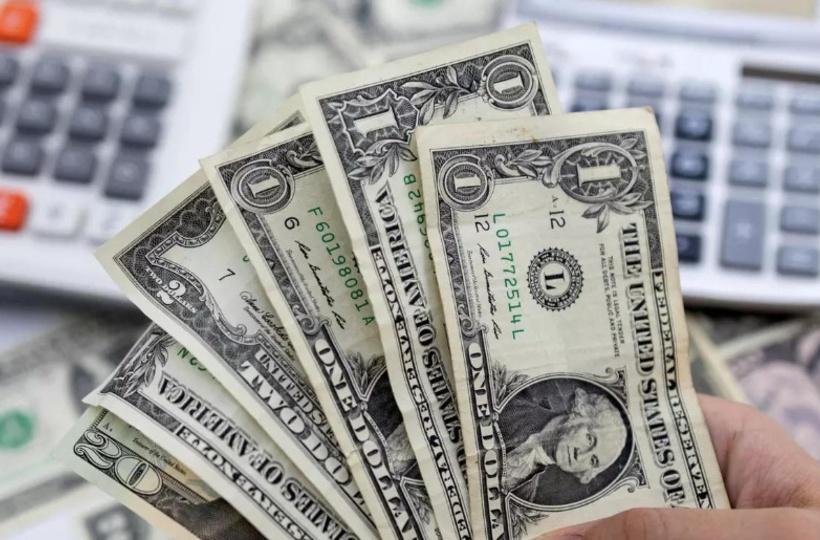India’s foreign exchange reserves have shown a positive trend as it rose by $1.853 billion to $595.051 billion in the week ended on June 30, according to the Reserve Bank of India (RBI). However, the overall reserve had previously experienced a decline of $2.901 billion to $593.198 billion in the preceding reporting week. Foreign exchange reserves encompasses a wide range of assets held by a country’s central bank. These assets include physical banknotes and coins, financial deposits, bonds, treasury bills, gold and other government securities.
Foreign Currency Assets Witness an Increase
In the week ending June 30, the foreign currency assets, a significant component of India’s foreign exchange reserves, recorded an increase of $2.539 billion to reach $527.979 billion. This rise in foreign currency assets reflects the impact of appreciation or depreciation of non-US units, such as the euro, pound, and yen, held in the country’s foreign exchange reserves.
Decline in Gold Reserves
India’s gold reserves experienced a decline of $472 million to $43.832 billion during the same period, as reported by the RBI. The reduction in gold reserves indicates potential adjustments in the central bank’s portfolio composition or other strategic considerations.
RBI Committee Recommends Internationalisation of Rupee
In an effort to achieve the internationalisation of the Indian rupee, an RBI-appointed committee, headed by RBI executive director RS Ratho, recently proposed a roadmap. The committee emphasized that the rupee has the potential to become an international currency due to India’s robust economic growth and resilience. The report suggests promoting the use of rupee in international trade invoicing, settlement, and capital account transactions to enhance its global presence.
Rupee’s Recent Performance
On July 7, the Indian rupee depreciated 23 paise against the US dollar, reaching a six-week low and logging its worst performance in seven weeks. The depreciation was driven by concerns over potential interest rate hikes by the Federal Reserve and losses in Asian currencies. The rupee closed at 82.74 per dollar, down from the previous close of 82.51.
Factors Influencing Rupee’s Weakness
Several factors have contributed to the weakness of the Indian rupee, including expectations of upcoming interest rate hikes, the strength of the US dollar, and rising crude oil prices supported by OPEC production cuts. These factors have led market participants to consider the negative impact on the rupee’s value. However, the strength of the Indian capital market has somewhat mitigated the rupee’s fall.
Key takeaways for competitive examinations
Country that has the largest foreign currency reserves: China
Find More News on Economy Here




 World Basketball Day 2025 Celebrates Bas...
World Basketball Day 2025 Celebrates Bas...
 UN Celebrates Second World Meditation Da...
UN Celebrates Second World Meditation Da...
 Winter Solstice 2025 Observed on Sunday,...
Winter Solstice 2025 Observed on Sunday,...







